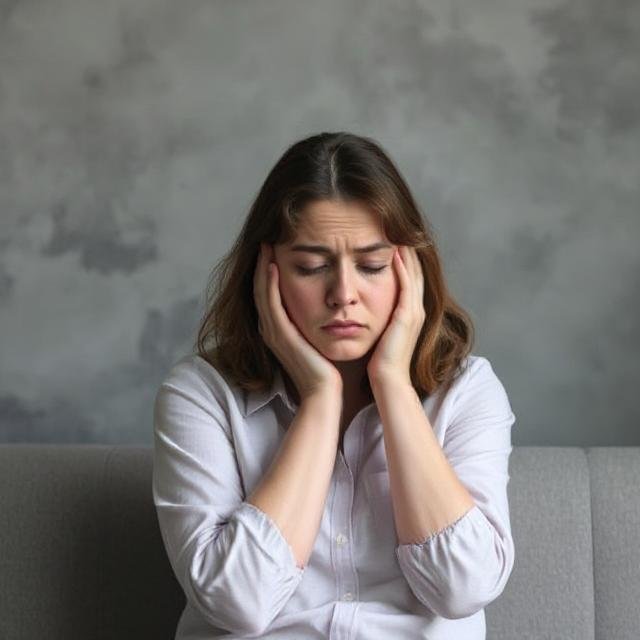Introduction: The Paradox of Unexplained Anxiety
Experiencing anxiety without an identifiable cause is a common phenomenon that can be perplexing and distressing. This type of anxiety often arises unexpectedly, without any clear trigger, leading individuals to question the validity of their feelings. Understanding the underlying mechanisms of unexplained anxiety is crucial for effective management and treatment.
Biological Foundations of Anxiety
Genetic Influences
Research indicates that genetics play a significant role in the development of anxiety disorders. Family studies have shown that individuals with a family history of anxiety disorders are at a higher risk of developing similar conditions themselves. Twin studies suggest that genetic factors account for approximately 30–40% of the variance in anxiety disorders, highlighting the hereditary component of these conditions.
Brain Chemistry and Hormonal Factors
The brain’s neurotransmitter systems, particularly those involving serotonin, norepinephrine, and gamma-aminobutyric acid (GABA), are closely linked to anxiety regulation. Imbalances in these neurotransmitters can lead to heightened anxiety responses. Additionally, hormonal fluctuations, such as those occurring during puberty, pregnancy, or menopause, can contribute to the onset of anxiety symptoms.
Psychological and Environmental Triggers
Cognitive Patterns and Personality Traits
Individuals with certain cognitive styles, such as a tendency toward negative thinking or catastrophizing, are more susceptible to experiencing anxiety. Personality traits like neuroticism, characterized by a propensity to experience negative emotions, are also associated with higher levels of anxiety. These cognitive and personality factors can amplify perceptions of threat, even in the absence of actual danger.
Chronic Stress and Trauma
Prolonged exposure to stressors, whether due to work, relationships, or financial concerns, can lead to the development of anxiety disorders. Traumatic experiences, especially those occurring in childhood, have been linked to an increased risk of developing anxiety disorders later in life. The cumulative effect of chronic stress and unresolved trauma can dysregulate the body’s stress response systems, leading to persistent anxiety.
The Impact of Lifestyle and Health Factors
Sleep Disruptions and Physical Health Issues
Poor sleep quality and insufficient rest are strongly correlated with increased anxiety levels. Conditions such as insomnia or sleep apnea can exacerbate feelings of anxiety. Moreover, chronic physical health issues, including cardiovascular diseases, diabetes, and respiratory disorders, can contribute to the development of anxiety symptoms due to the constant strain they place on the body.
Substance Use and Medication Effects
The use of substances like caffeine, alcohol, and nicotine can trigger or worsen anxiety symptoms. Additionally, certain medications, including corticosteroids and thyroid medications, have been associated with increased anxiety levels as a side effect. It’s important to consider the impact of both prescribed and over-the-counter substances on mental health.
The Role of Technology and Information Overload
In the digital age, constant exposure to information through news outlets and social media can lead to information overload, contributing to feelings of anxiety. The phenomenon of “cyberchondria,” where individuals excessively search online for health information, can lead to increased health anxiety and unnecessary worry.
When to Seek Professional Help
If anxiety becomes chronic, overwhelming, or interferes with daily functioning, it is essential to seek professional help. Mental health professionals can provide a comprehensive assessment to determine the underlying causes of anxiety and develop an appropriate treatment plan. Early intervention can lead to more effective management of anxiety disorders.
Conclusion: Navigating Unexplained Anxiety
Unexplained anxiety is a complex interplay of genetic, biological, psychological, and environmental factors. Understanding these underlying mechanisms is the first step toward effective management. By recognizing the signs and seeking appropriate support, individuals can navigate the challenges of unexplained anxiety and work towards improved mental well-being.













